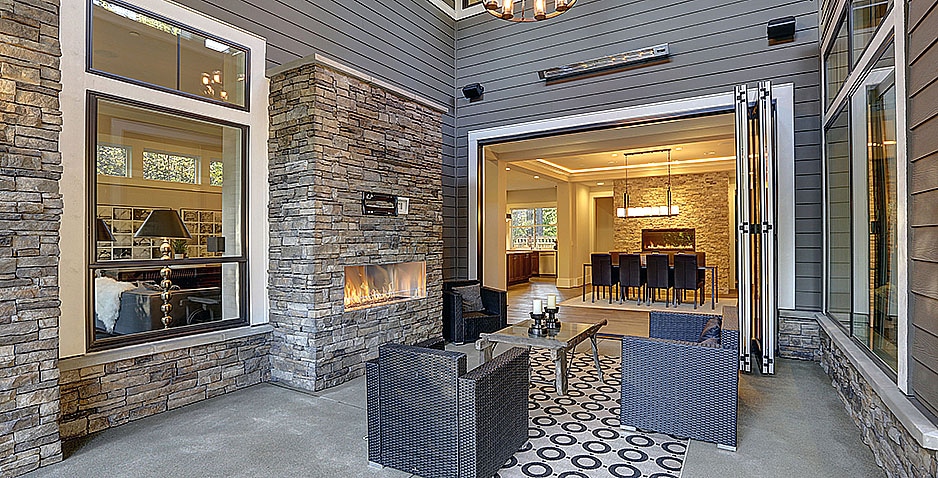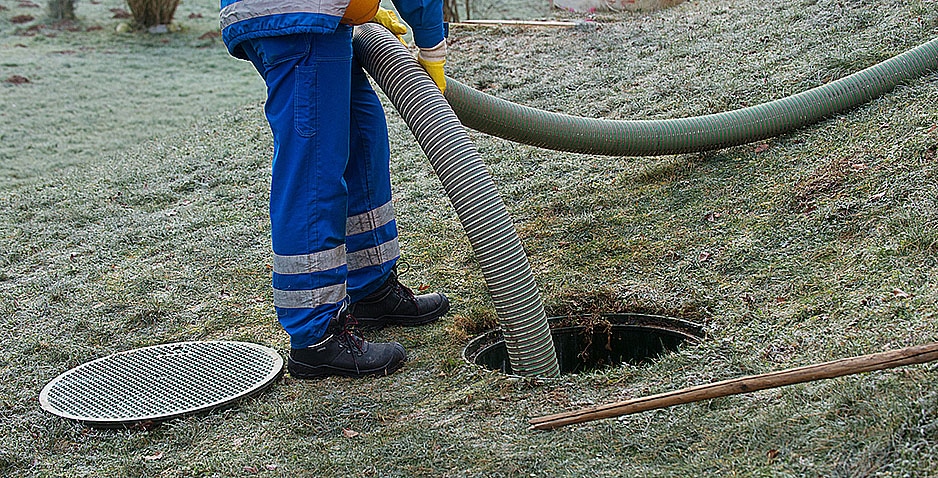Artificial stone veneer is used in a variety of architectural applications but mainly for sidings. While versatility is one thing, the application options are another. However, the installation of artificial stone veneer requires a bit of expertise and skill based on the demands of the homeowner. As a result, the overall job can be moderate to difficult. This is why most homeowners hire masonry contractors for installing stone veneer. Now, let’s take a deeper look into how several important tips can help your project go smoothly.
Prepare Your Surface For Artificial Stone Installations
The first step of the artificial stone veneer installation process requires that you follow the local rules & regulations for the kind of surface needed for stone veneer. These regulations are there to prevent any structural or deterioration issues. Keep in mind that the stone veneer needs space to contract. Otherwise, it will simply crack due to expansion.
Therefore, regardless of the surface, you have to consider the proper gapping of the sheathing materials to prevent expensive repairs and replacements down the road. In most cases, contractors work with frame construction. Usually, the frame construction features a 16” spacing in the center along with some sheathing material.
Another important factor to keep in mind while working with a frame construction is that you need to add one or two layers of Water Resistive Barrier and a weed screed to allow the moisture to escape.
Proper Water Management
Water management is the most important part of the artificial stone veneer installation. This step includes the barrier system, concealed barrier system, and rainscreen. The barrier system stops the water at the cladding’s exterior. The concealed barrier system is responsible for draining and managing water. Finally, the rainscreen offers a larger physical air space between the cladding and the WRB.
Next comes the Lath. It is basically the skeleton for stone veneer. Its installation is critical as well to allow the adhered stone veneer system to be transferred to the framing. This means that you will need to fasten the length using appropriate length fasteners.
Furthermore, there are several different types of laths available. You can choose based on the overall weight of the manufactured stone veneer.
Scratch Coat For Corrosion And Weather Resistance
The scratch coat has two important functions: Offering complete weather resistance for the wall and minimizing water and air infiltration. The mass of the total scratch coat along with the artificial stone units and setting bed mortar allows water management through evaporation and water absorption.
The ideal thickness of the scratch coat should be ½ to ¾ inches thick. You need to be very careful while applying the scratch coat. Failure to do so will impede the reinforcement’s performance. As a result, the water and moisture will enter, ruining the artificial stone.
Achieving A Solid Bond
Achieving a strong and solid bond is also a part of the building code requirements. You should make sure that the bond strength of 50 PSI is achieved. To ensure this, inspect and clean the artificial stone units. Using a wire brush, remove any loose material.
During the summer season, you will need to dampen the scratch coat and also the back of each stone. Whereas, in the cold weather, you will need to heat the stone veneer materials, which is also required for the curing process.
In addition to that, opt for high-quality mortar and then mix carefully. The type, technique, and mixture of the mortar go a long way in terms of the durability of the stone veneer.
Maintaining Artificial Stone Veneer
The maintenance of artificial stone varies based on the manufacturer. It is the responsibility of the homeowner to make sure that proper care is provided to ensure that it lasts for long and continues to look new. With time, regular sealing, cleaning, de-icing and power washing will help maintain and ensure a longer lifespan for decades.
Final Word
The above guide makes installing artificial stone veneer less stressful. Always hire a stone veneer contractor for the job and make sure that the surface is prepared well. And once the project is done, follow the manufacturer’s recommendations regarding maintenance. Lagrass



